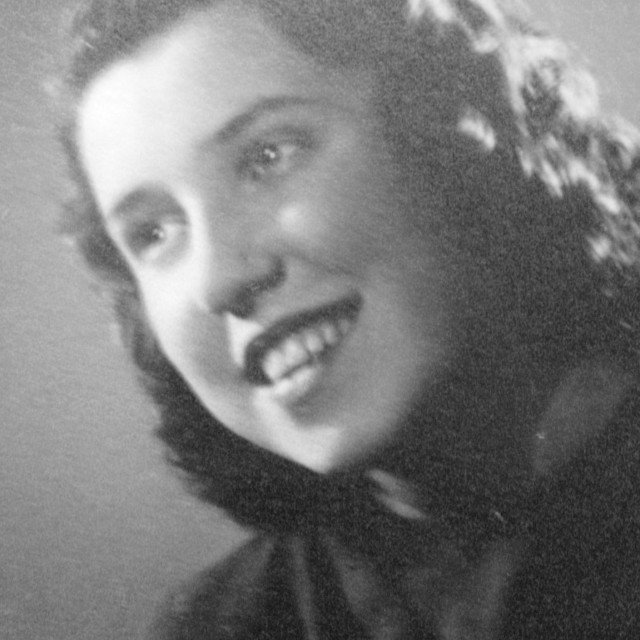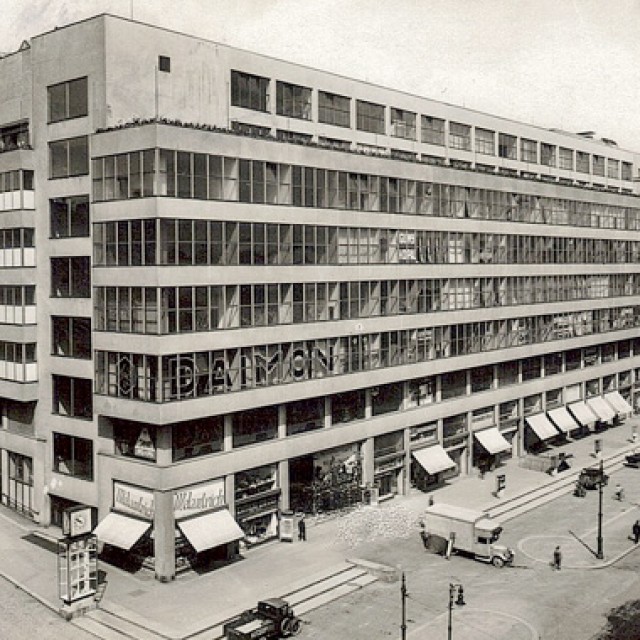We'd never see our luggage again
In the spring of 1942, Jana Dubová and her family was summoned for the transport. They were allowed to take 50 kg of baggage with them, including the "bettrole" - a rolled blanket with a pillow. They were ordered to assemble at the old fairground in Holešovice, in a building that used to stand on the site of today's Park hotel. They spent the night crammed on the ground in the old hall, along with thousands of other people. The next morning, they were taken to the nearby railway station Praha-Bubny, where they boarded the train to Theresienstadt. The baggage which they had to hand in at the rally point was gone forever. They were left with only what they carried in their hands. "We were left with that bettrole and maybe some food and a vest ... it was April 24, so before the summer, but we didn't have anything for the winter."
Hodnocení
Abyste mohli hodnotit musíte se přihlásit!
Trasy
Příběh není součastí žádné trasy.
Komentáře

Jana Dubová
Jana Dubová, née Heller, was born on August 30, 1926, in Prague. She came from a Czech Jewish family. After the occupation of Czechoslovakia, her father wanted Jana to take part in the rescue operation of Sir Nicholas Winton, who organized the departure of Jewish children to safety in England. Unfortunately, it was already too late for Jana to leave as the war broke out. She thus had to stay in the Protectorate and in April 1942, she and her family were deported to Theresienstadt. Jana remained in Theresienstadt until the fall of 1944, when she was placed in a transport headed to Auschwitz. After their arrival, her mother was sent to the gas chambers right away. After about three weeks in Auschwitz, Jana was selected to work with other women in Merzdorf, where they worked in a factory for flax processing. There she had to live and work under tough conditions, with very little food, performing a difficult job. By the end of the war, an epidemic of typhus broke out in the factory. Right after the liberation of the camp by the Russians, Jana and a few girlfriends set out on foot on a journey back home, on the tail of the receding front lines. The return to Prague was difficult. Out of the whole family that counted 30 people, only her and her sister survived the Holocaust. After the war, she married her boyfriend, whom she knew from Theresienstadt and who was also a survivor of the Holocaust. She graduated from the State School of Graphic Arts and made a living with applied graphics. Jana Dubová created a series of paintings called the "Dreams of the Dead", in which she depicted her memories.





